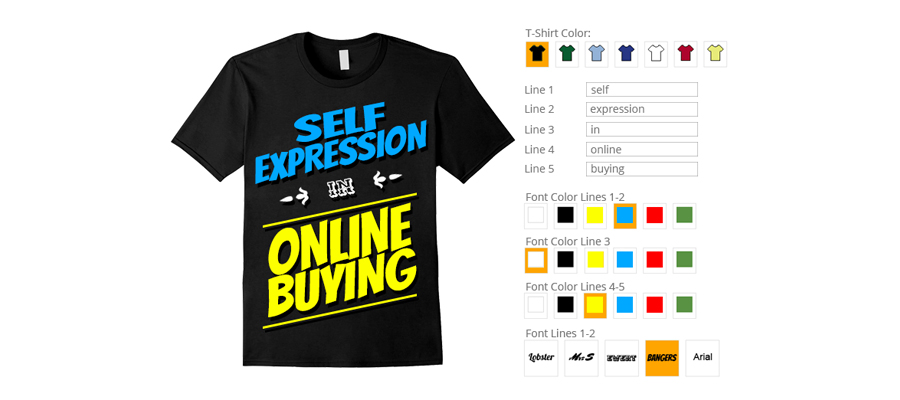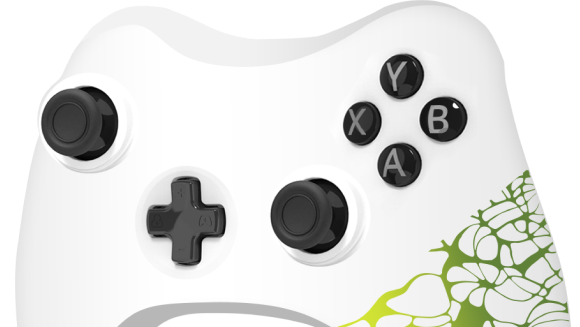
Key Takeaways From This Article:
- Site visitors are more likely to buy if they start designing or customizing the product themselves
- Customers may pay more for customized and personalized items
- Too many customization options can in fact reduce conversions
Two of the basic impulses that drive consumer choice are:
- The desire to take part in the creation of items and services with customization and personalization.
- The end result should be something that they are proud of sharing.
We call these Self Expression in Online Buying
A Single Source
A fascinating discovery from the newly emerging discipline of behavioral economics shows how the two impulses arise from the same source: the need for more control over our lives. People want to take part in the creation of customized products as part of the larger drive to imprint themselves on their surroundings.
Dan Ariely, Professor of Behavioral Economics at Duke University, has investigated this tendency, which he calls “The IKEA Effect.” His research, published in the Journal of Consumer Psychology, concluded that “we suggest that labor alone can be sufficient to induce greater liking for the fruits of one’s labor … However, the psychological process by which labor leads to love requires consideration of an additional crucial factor: The extent to which one’s labor is successful.”
Self Design and Economic Value
In the Journal of Management Science, Nickolaus Franke wrote, “In the course of five different studies, we provide experimental evidence that this ‘I designed it myself’ effect creates economic value for the customer … Self-designed products generate a significantly higher willingness to pay.”
It may come as a surprise, then, that even in cases where the end result is not as polished and professional, a related influence often leads consumers to become emotionally attached to what they have done. As part of Ariely’s research, a group of test subjects were instructed on making tiny origami frogs, while a second group were presented with the finished frogs.
In the end, those who took part in the paper folding were willing to pay 23 cents to take home their creations. Subjects in the second group were willing to pay no more than 5 cents for a ready-made origami. Ariely wrote, “While the non-builders saw their amateurish creations as nearly worthless crumpled paper, our builders imbued their origami with value.”
Too Much of a Good Thing
An important point to note here is that consumers don’t need a great deal of customization options for this effect to come into play. In fact, having too many options can confuse the consumer and sap their willpower, as customized jewelry maker Gemvara discovered. Matt Lauzon, Gemvara’s founder and CEO, said, “We thought if we make it easy for people to design their own jewelry, they’d do it – but the act of customizing was unbelievably overwhelming.” They eventually found the right mix of professional design and consumer input, posting $15 million in revenue on the way to joining the Richline Group of jewelry manufacturers.
Collaborative Creation
A growing body of consumer research supports the conclusion that people greatly value items and services that they were involved in creating but that they also want the end result to be something they are proud of sharing. Both aspects are apparent in understanding why Coca-Cola had such a successful campaign by simply putting 250 of the nation’s most popular names on their cans and bottles. Personalized products, even though they were mass produced, made customers feel more engaged. They responded so well because the end result was something they were proud to display. The feeling of control and the social approval of customized or personalized products comes with a very real economic value.




